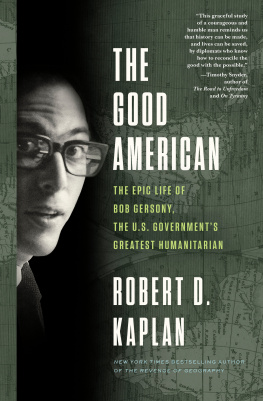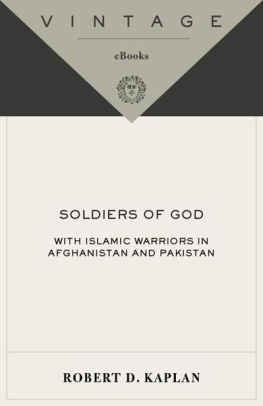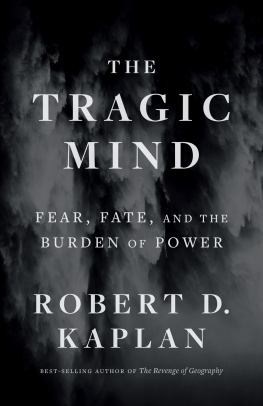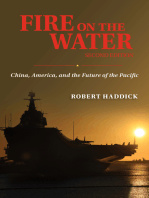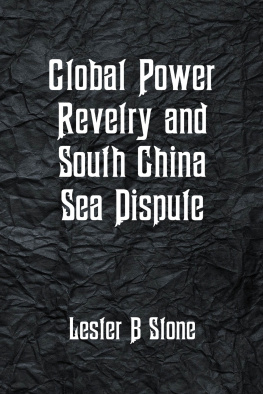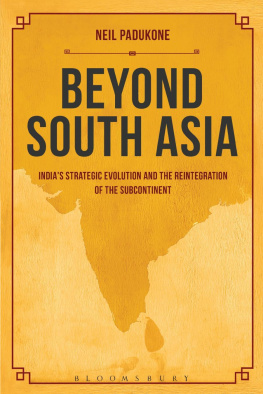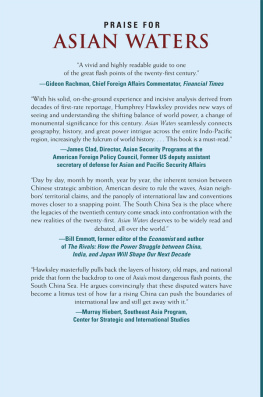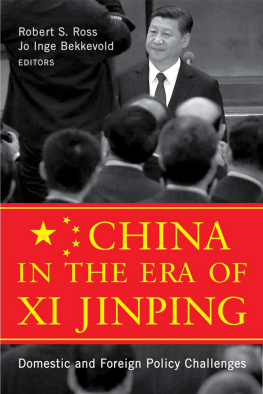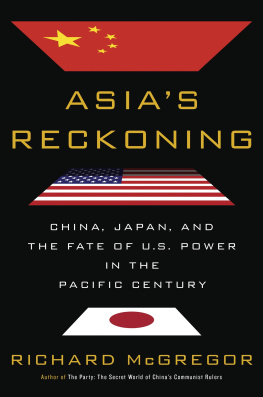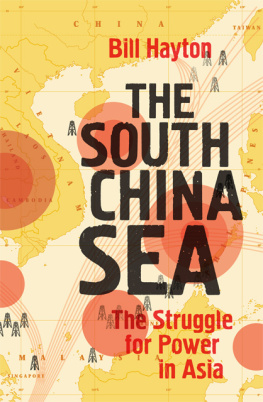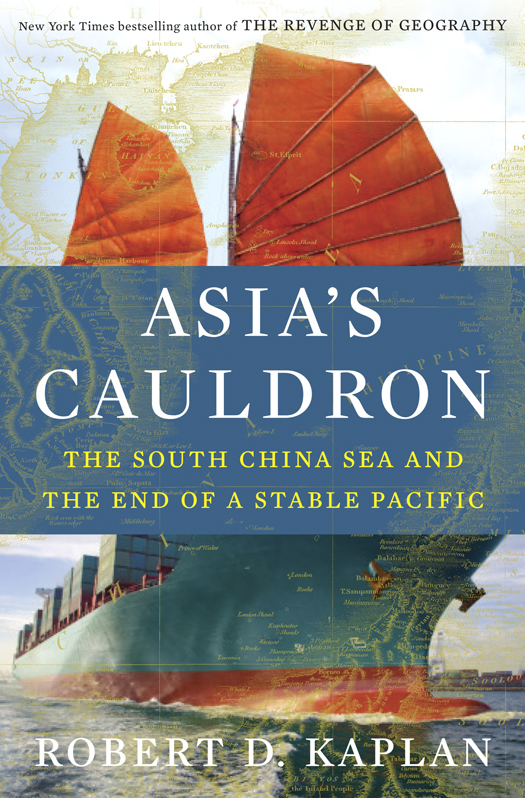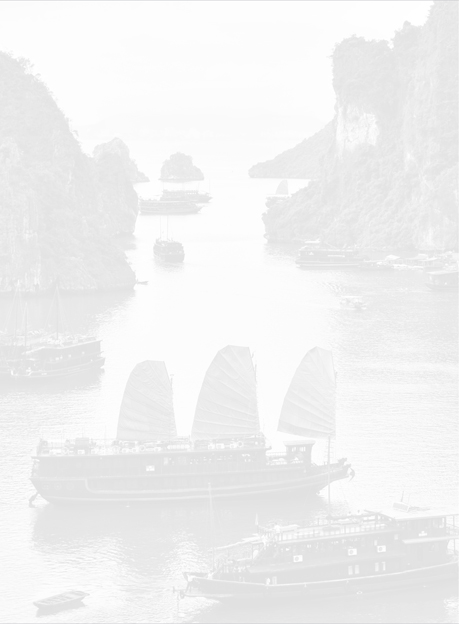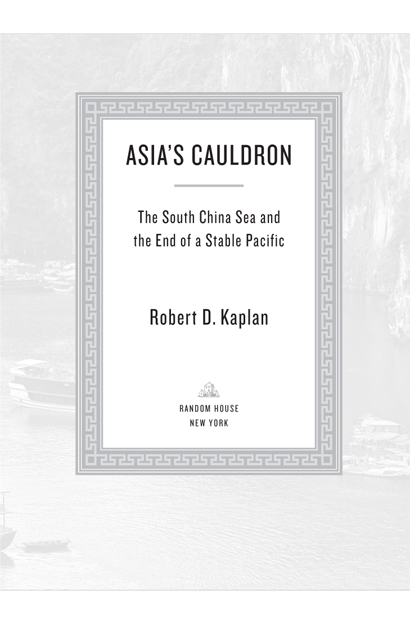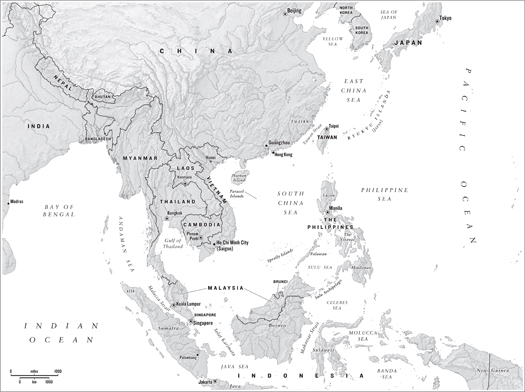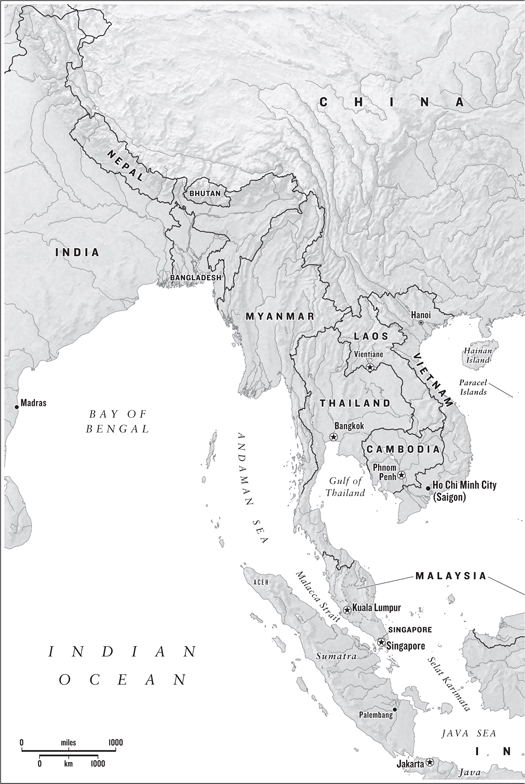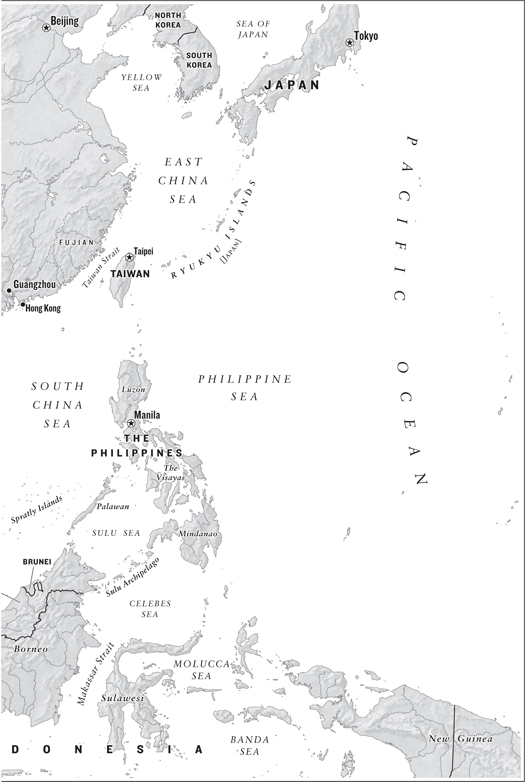Robert D. Kaplan - Asias Cauldron: The South China Sea and the End of a Stable Pacific
Here you can read online Robert D. Kaplan - Asias Cauldron: The South China Sea and the End of a Stable Pacific full text of the book (entire story) in english for free. Download pdf and epub, get meaning, cover and reviews about this ebook. year: 2014, publisher: Random House, genre: Politics. Description of the work, (preface) as well as reviews are available. Best literature library LitArk.com created for fans of good reading and offers a wide selection of genres:
Romance novel
Science fiction
Adventure
Detective
Science
History
Home and family
Prose
Art
Politics
Computer
Non-fiction
Religion
Business
Children
Humor
Choose a favorite category and find really read worthwhile books. Enjoy immersion in the world of imagination, feel the emotions of the characters or learn something new for yourself, make an fascinating discovery.

- Book:Asias Cauldron: The South China Sea and the End of a Stable Pacific
- Author:
- Publisher:Random House
- Genre:
- Year:2014
- Rating:3 / 5
- Favourites:Add to favourites
- Your mark:
Asias Cauldron: The South China Sea and the End of a Stable Pacific: summary, description and annotation
We offer to read an annotation, description, summary or preface (depends on what the author of the book "Asias Cauldron: The South China Sea and the End of a Stable Pacific" wrote himself). If you haven't found the necessary information about the book — write in the comments, we will try to find it.
Over the last decade, the center of world power has been quietly shifting from Europe to Asia. With oil reserves of several billion barrels, an estimated nine hundred trillion cubic feet of natural gas, and several centuries worth of competing territorial claims, the South China Sea in particular is a simmering pot of potential conflict. The underreported military buildup in the area where the Western Pacific meets the Indian Ocean means that it will likely be a hinge point for global war and peace for the foreseeable future.
In Asias Cauldron, Robert D. Kaplan offers up a vivid snapshot of the nations surrounding the South China Sea, the conflicts brewing in the region at the dawn of the twenty-first century, and their implications for global peace and stability. One of the worlds most perceptive foreign policy experts, Kaplan interprets Americas interests in Asia in the context of an increasingly assertive China. He explains how the regions unique geography fosters the growth of navies but also impedes aggression. And he draws a striking parallel between Chinas quest for hegemony in the South China Sea and the United States imperial adventure in the Caribbean more than a century ago.
To understand the future of conflict in East Asia, Kaplan argues, one must understand the goals and motivations of its leaders and its people. Part travelogue, part geopolitical primer, Asias Cauldron takes us on a journey through the regions boom cities and ramshackle slums: from Vietnam, where the superfueled capitalism of the erstwhile colonial capital, Saigon, inspires the geostrategic pretensions of the official seat of government in Hanoi, to Malaysia, where a unique mix of authoritarian Islam and Western-style consumerism creates quite possibly the ultimate postmodern society; and from Singapore, whose benevolent autocracy helped foster an economic miracle, to the Philippines, where a different brand of authoritarianism under Ferdinand Marcos led not to economic growth but to decades of corruption and crime.
At a time when every days news seems to contain some new storylarge or smallthat directly relates to conflicts over the South China Sea, Asias Cauldron is an indispensable guide to a corner of the globe that will affect all of our lives for years to come.
Advance praise for Asias Cauldron
Asias Cauldron is a perfect summation of the present turbulent moment in history, when the World War II security structure is beginning a rapid transformation. Kaplan engages the striking possibilities of where the current confrontation between China and Japan could lead, and underscores the point that this is a lot more significant than a simple border dispute.Paul Bracken, Yale University, author of The Second Nuclear Age
Master global strategist Robert D. Kaplan turns his gaze to the bubbling heat of the South China Sea in his latest tour de force. Asias Cauldron deconstructs the extreme volatility of this enormous, dangerous, and vital maritime space.Admiral James Stavridis, United States Navy (Ret.), dean of the Fletcher School at Tufts University and Supreme Allied Commander of the North Atlantic Treaty Organization, 20092013
Robert D. Kaplan: author's other books
Who wrote Asias Cauldron: The South China Sea and the End of a Stable Pacific? Find out the surname, the name of the author of the book and a list of all author's works by series.

